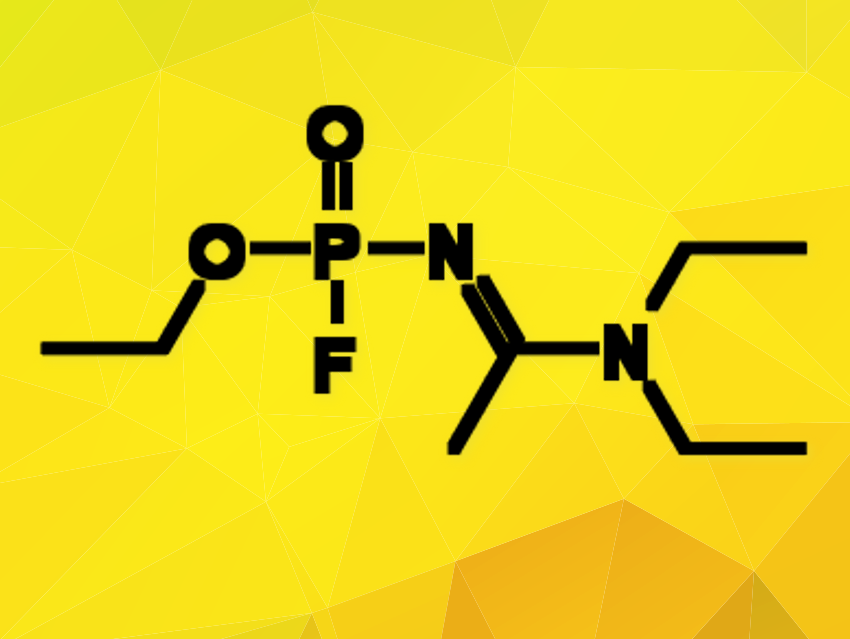For the first time, the Chemical Weapons Convention (CWC; implemented by the Organization for the Prohibition of Chemical Weapons (OPCW) in The Hague, The Netherlands) has expanded its chemical annex and added nerve toxins, including those from the Novichok group. In June 2020, this extension of List 1 of the Chemical Annex to the CWC came into force. Marc‐Michael Blum, former head of the OPCW laboratory, describes the process and effects of this extension.
On March 4, 2018, the former Russian double agent Sergei Skripal and his daughter Julia were the victims of a poison attack in Salisbury, UK. Both barely survived. The British government blamed Russia for the attack and reported that an extremely rare nerve agent called A-234 from the group of Novichok substances was used. Little was known about the Novichoks (Russian for newcomer) in the publicly available literature.
The British government asked the OPCW to send specialists to verify the results of the British analyses by taking their own samples and conducting chemical analyses in independent laboratories designated by the OPCW. Apart from the political debate, the question of how to deal with the poison used was on the agenda. According to the CWC, it is forbidden to use toxic chemicals as weapons. Exceptions are made for irritants such as tear gas, which are used against riots. However, the Novichok poison was not included in the CWC’s list of chemicals.
In the meantime, the OPCW States Parties have added four entries to List 1:
- Organophosphorus compounds with amidine side chains and an alkyl chain, which are bound to phosphorus directly or via an oxygen atom. These two entries cover a large number of compounds since four alkyl residues with a length of C1 to C10 (including cycloalkyl) are covered in all possible branches and combinations.
- A single substance with a guanidine side chain (CAS 2387496-14-0).
- A class of highly toxic carbamates that act as reversible inhibitors of acetylcholinesterase. They originate from a development program in the United States in the 1960s and 1970s.
All newly included nerve agents are substances that were developed decades ago.
Both civil and military forces must now be able to identify the newly listed substances and take measures to prevent hazards. However, there is still a lack of information for analysis and protective measures.
- Ein unbekanntes Nervengift,
Marc‐Michael Blum,
Nachrichten aus der Chemie 2020.
https://doi.org/10.1002/nadc.20204101702




